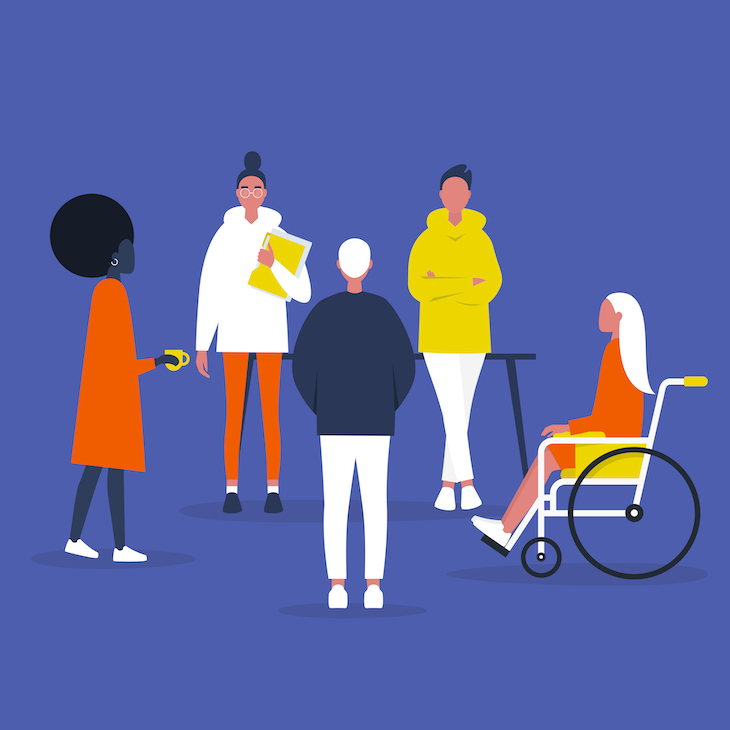By Nelson Beckford, Program Director, Neighborhood Revitalization and Engagement
In the era of COVID-19, my colleagues and community partners and I have spent time exploring the ways that people connect with each other, and with their community. Over the past few months, our friends at Neighborhood Connections have hosted a series of virtual community conversations to bring people together and talk about the ways we’re adapting and connecting during a global pandemic.
At a recent conversation, network weavers par excellence Kaela and Bianca posed a framing question to the virtual audience of 70+ Clevelanders: “how are you moving around during COVID?” As I replayed the footage from the meeting, I was struck by how different this meeting felt – it was authentic. Sincere. People felt like they were heard.
The traditional way to host a meeting is to have an agenda focused on a specific issue or project. Then, an ‘expert’ or elected official uses technical language and jargon to establish credibility. By design, 80% of the meeting is devoted to experts presenting to or talking at the audience, with just 20% for real dialogue and listening. While efficient, this standard format can feel transactional and soulless. Power dynamics are reinforced, and the lived experience is not valued. This is business as usual.
COVID-19 and the resulting pandemic disrupted our world. Shouldn’t we use this moment to disrupt our thinking and practices? Why not start with how we “engage” with the community and how we run meetings? Because it is not right to break something without a solution or plan to re-build, here are eight practices to create spaces for authentic engagement – regardless of platform:
- Start with a land acknowledgment and check-in question. Land acknowledgment connects the history of oppression and power to place. The check-in question ensures that people are present. Check-in questions can be fun or thought-provoking, or both.
- Complex questions = simple answers. Simple questions = complex answers. We want complex and nuanced answers.
- Small groups are best for conversation (10-12 people maximum).
- Small group discussions must be staffed with a facilitator and a note-taker.
- Follow the 80/20 rule: 20% of the meeting is devoted to expert presentations with 80% for conversation.
- Evening meetings allow for residents to attend. Meetings during the workday are for the “professional” doing the work – the choir.
- Be a human being, not a bureaucrat. Place value on the lived experience.
- Be sincere, make it interactive, and have fun.
- End with a check-out question. “What are you leaving this meeting with?” is a great one.
Human connection is the lifeblood of our lived experiences. On a community level, it influences the important decisions that affect all of us. If we can connect, communicate and learn from one another in more humane and constructive ways, we can make better decisions that benefit more of us – and form stronger relationships along the way.
We challenge you to disrupt your practices by:
- Getting comfortable with these virtual tools and platforms to connect with the community you serve
- Trying one or more of the practices above – like the ‘check-in question.’ My personal favorites are: if you could amplify one of your senses, which one? And why?
- Understanding that virtual organizing is a complement – not a supplement – to authentic relations
- Connecting with fellow Greater Clevelanders during COVID by joining an upcoming Neighborhood Connections virtual conversation. You can find upcoming events and learn more about Neighborhood Connections here – all are welcome!
NeighborUP!



